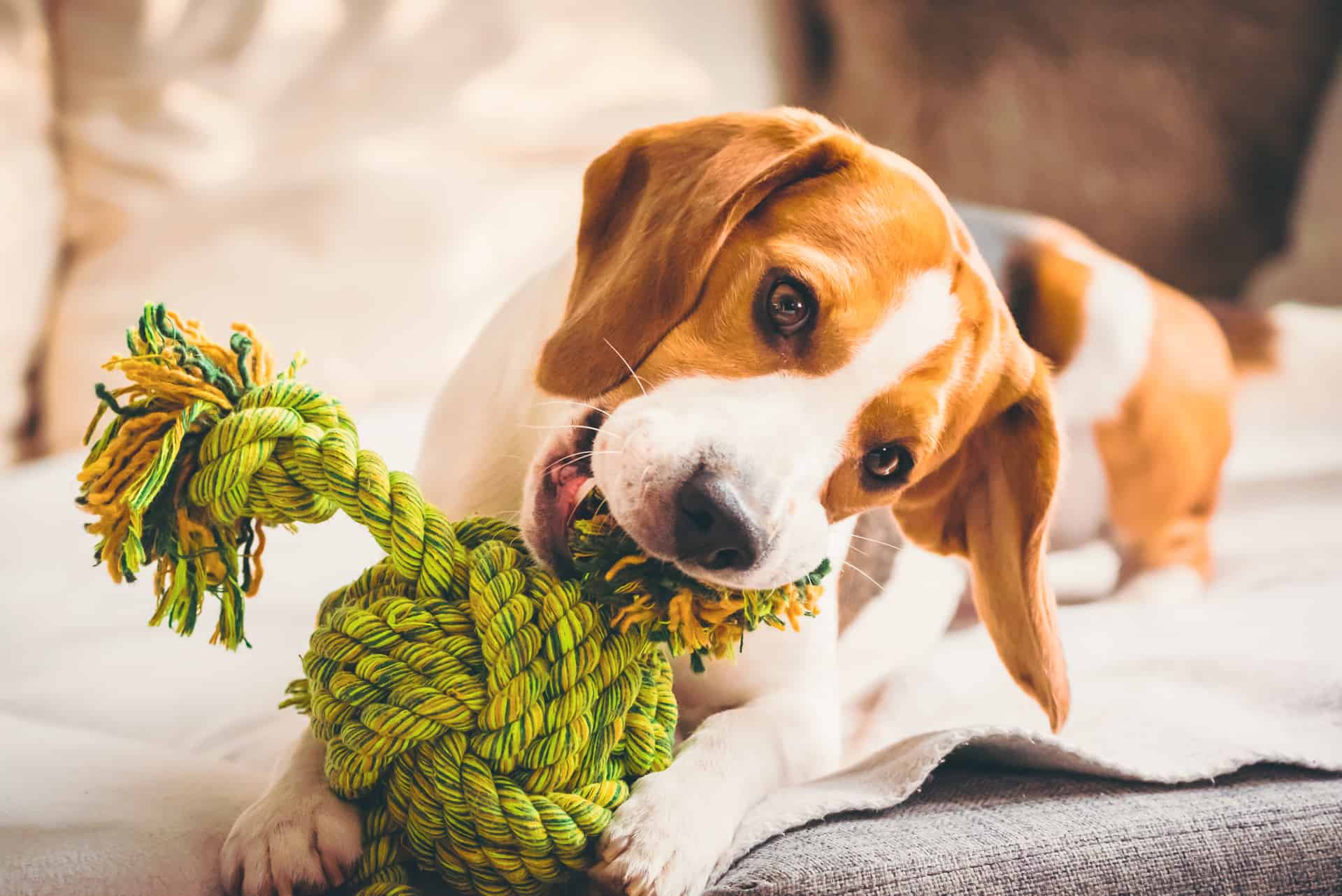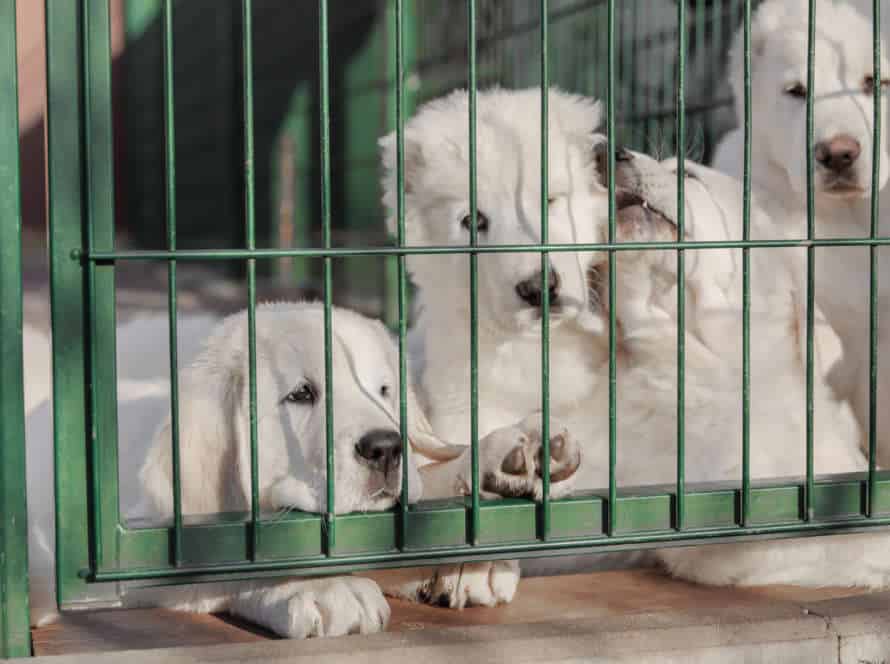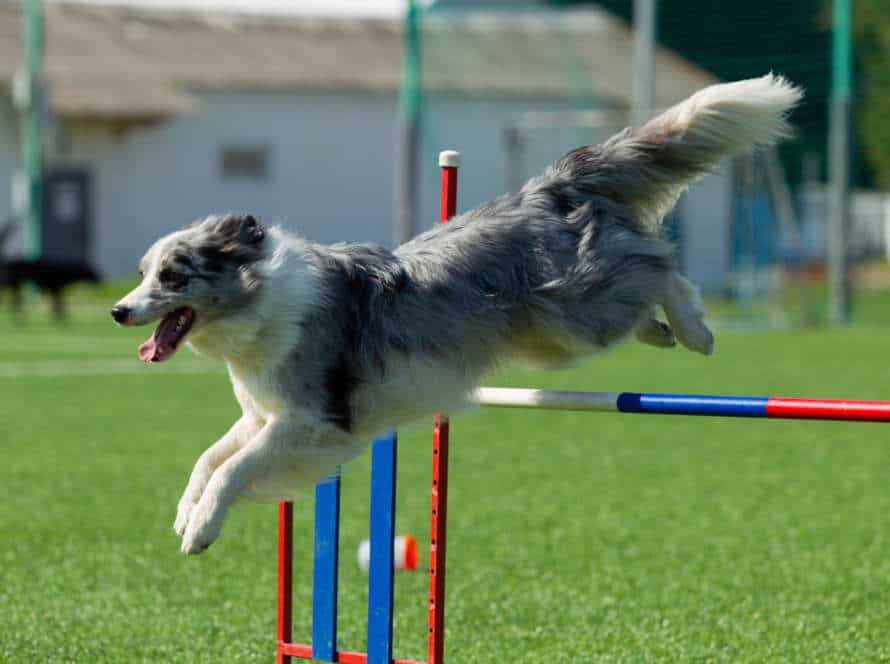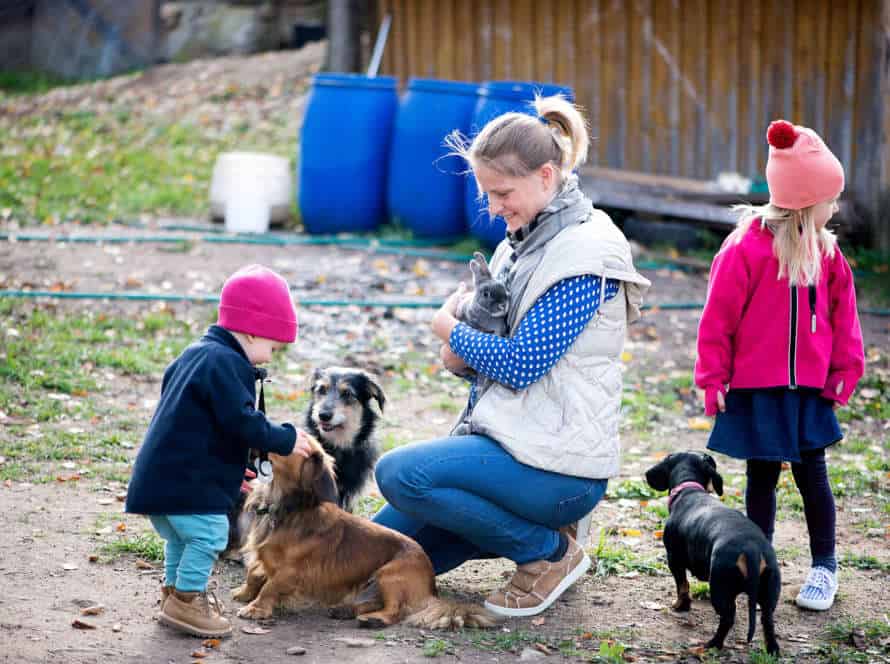Resource Guarding: Addressing Possessive Behavior
Resource guarding is a common issue amongst dogs. It needs to be dealt with immediately, so aggression towards humans or other pets is avoided. Ensuring a safe and happy living environment for everyone is key.
Here are tips to help:
- Know the triggers – work out what your dog is guarding and when they might do it.
- Training – teach your dog commands like “leave it” or “drop it”.
- Positive reinforcement – reward good behavior.
- Professional training – get help from a certified animal behaviorist.
Patience, consistency and trying different methods are needed to address resource guarding in dogs.
Understanding Resource Guarding in Dogs
Resource guarding is a type of possessiveness in dogs. It happens if the pup thinks his valuable resource is being taken away. To protect it, he may growl, snap or even bite. Knowing what resource guarding is, its triggers and how to deal with it, is really helpful for dog owners.
What is Resource Guarding?
Resource guarding is when dogs act possessive of objects or resources, like food, toys, or even their owners. This can cause aggressive or defensive behavior when someone approaches or tries to take it away.
To stop resource guarding, it’s important to understand why they do it. It can come from a lack of trust or from bad experiences. Patience, positive reinforcement, and a pro dog trainer can help.
Strategies to address it include:
- Training the dog to trade items willingly.
- Teaching them to stay calm when someone approaches their resources.
- Providing a positive and stable environment.
Never punish or use physical force on a dog exhibiting resource guarding. This can make the issue worse and harm them.
Why do Canines Engage in Resource Guarding?
Canines use resource guarding to protect their food, toys or owners from other dogs or people. This is their natural instinct, but it can become a problem if it’s too much or aggressive.
Resource guarding is a sign of fear and anxiety, and can be caused by stress or bad experiences. It can also be something dogs learn, if they get praised for it.
To stop possessive behavior, owners can do things like training, positive reinforcement and desensitizing. Punishment will make it worse and should be avoided. With training and patience, owners can help dogs with resource guarding and improve their mental health.
Signs of Resource Guarding in Dogs
Resource guarding is a typical doggie behavior. They can get possessive of objects or places, like food, toys, or where they sleep. Here are a few signs of resource guarding in pups to look out for:
- Growling or barking when someone dares to come near their belongings or steals them.
- Snapping or biting if someone tries taking the item away.
- Stiff body, tense posture, or raised hackles while protecting an object or place.
- Vigilant behavior, constantly guarding their pieces or getting upset when they can’t access them.
- Not wanting the owner or other pets to go near their food bowl while they eat.
It’s vital to address resource guarding in dogs to stop any harm or aggression towards their owners or other animals. The best way is with positive reinforcement training and slowly desensitizing the pup to trigger situations. Get professional help if the conduct continues or gets worse.
Addressing Resource Guarding in Dogs
Resource guarding is a type of possessive behavior seen in many dogs. It is instinctive and comes from their desire to protect what they see as their own. Signs of resource guarding can be spotted when a dog is very attached to an object or person. If not managed correctly, it can lead to aggression. Here’s how to identify and address resource guarding in dogs.
Prevention and Early Intervention
Resource guarding in dogs is a common problem. If not addressed early, it can cause aggressive behavior. To ensure your dog’s safety and that of others, prevention and early intervention are essential.
Here are some tips:
Prevention:
- Teach your dog commands like “sit”, “stay”, and “leave it”.
- Strengthen your bond with your pup through positive reinforcement training.
- Don’t encourage aggressive or possessive behavior.
Early Intervention:
- Identify warning signs like growling or biting when someone approaches while eating.
- Gradually desensitize your dog to other people or pets near its food.
- Use positive reinforcement to reward good behavior during feeding.
With the right techniques, dogs can overcome resource guarding and live peacefully with their owners and others.
Desensitization and Counter-Conditioning
Desensitization and Counter-Conditioning are two behavioural methods that can help deal with resource guarding in dogs.
Desensitization is done by exposing the dog to the perceived ‘threat’ – like a toy or food – at a distance that does not cause any guarding behaviour. Then, the distance is gradually decreased over time, so the dog can get used to the object without any negative reaction.
Counter-conditioning changes the pup’s view of the object by linking it to positive experiences, like treats or praise. By combining these techniques, owners can teach their dogs to share resources without being aggressive.
It is important to work with a professional trainer or behaviourist to create an efficient desensitization and counter-conditioning plan for the dog’s specific needs.
Positive Reinforcement Training Techniques
Positive reinforcement techniques are a humane and effective way to deal with resource guarding in dogs. This is a form of possessive behavior. Here are some techniques you can use:
- Teach your pup to “drop it” on command. Offer a treat as a reward when they release the item they guard. Make the training more challenging by gradually increasing the level of distraction.
- Train your dog to trade objects. Exchange an appealing item for the one they’re guarding. Praise them and give a treat when they make the trade.
- Use desensitization techniques. Gently expose your dog to people or animals near their valuable stuff, without provoking a reaction. Reward them for staying calm.
- Don’t punish your dog for resource guarding. This can make them more possessive. Instead, focus on rewarding positive behavior and reinforcing commands they obey.
Additional Considerations and Management Strategies
Resource guarding is a possessive behavior that dogs and cats often display. It is usually caused by fear, anxiety, or a sense of ownership. To manage this behavior well, it’s important to understand what causes it. Here are some extra things pet owners should think about, as well as tips for managing resource guarding issues:
Safety Considerations for Handling Resource Guarding Dogs
Resource guarding is a serious issue that needs to be handled carefully, as it can cause aggressive behavior in dogs.
When handling these dogs, here are some safety considerations to keep in mind:
- Approach them gently, and try not to make any sudden movements.
- Use positive reinforcement to teach the dog to share their resources.
- Do not punish the dog physically, it could make the aggression worse.
- Management strategies like keeping the dog away from items of high value, or using a ‘trading’ system, can also be used.
- If the resource guarding behavior is severe or persistent, contact a professional dog trainer or behaviorist for help.
Above all, remember that addressing resource guarding requires patience, consistency, and an understanding of your dog’s individual needs and triggers.
Non-traditional Management Strategies
Non-traditional methods can be useful to manage possessive behaviour in dogs.
Here are some tips:
- Avoid confrontations and use positive reinforcement to alter behaviour.
- Teach the “drop it” command, and reward your pup when they let go of an item.
- Give them high-value treats when they’re near or approached while eating/playing.
- Create a ‘trading’ system, where you exchange a treat for an item they’re guarding without confrontation.
- Seek help from a professional dog trainer or behaviourist to tailor a plan for your pup’s needs.
By following these strategies, your dog will feel more secure, which will reduce the possibility of resource guarding behaviour.
When to Seek Professional Help for Resource Guarding Issues in Dogs
Resource guarding in dogs can be mild or severe. There are some strategies owners can use, however, professional help may be needed in certain situations.
If the guarding causes harm to people or other pets, if it’s getting more frequent or severe, if the dog is guarding high-value resources such as food, toys or people, or if they show aggression like growling, snapping or biting – then professional help is recommended.
Help can come from a certified dog behaviorist or trainer with experience in resource guarding. They can provide tailored plans and techniques to manage and reduce the behaviour.
Remember: It’s important to address resource guarding early to stop it from getting worse and keep everyone safe.
Frequently Asked Questions
Q: What is resource guarding?
A: Resource guarding is a behavior in which a dog displays possessive or aggressive behavior when it comes to food, toys, or other items that it perceives as valuable or important.
Q: What causes resource guarding?
A: Resource guarding can be caused by a variety of factors, including genetics, lack of socialization, past experiences, and anxiety.
Q: How can I address resource guarding in my dog?
A: The best way to address resource guarding is through positive reinforcement training and desensitization techniques. This involves teaching your dog that it doesn’t need to guard its resources and rewarding it for good behavior.
Q: Can resource guarding be cured completely?
A: While complete cure of resource guarding can’t be guaranteed, it can certainly be managed and improved with consistent training and positive reinforcement.
Q: Should I punish my dog for resource guarding?
A: No, punishment can actually make the problem worse. Instead, focus on training and positive reinforcement to encourage your dog to behave appropriately.
Q: Can a professional dog trainer help with resource guarding?
A: Yes, a professional dog trainer can assess your dog’s behavior and provide you with training techniques and advice on how to manage resource guarding.







